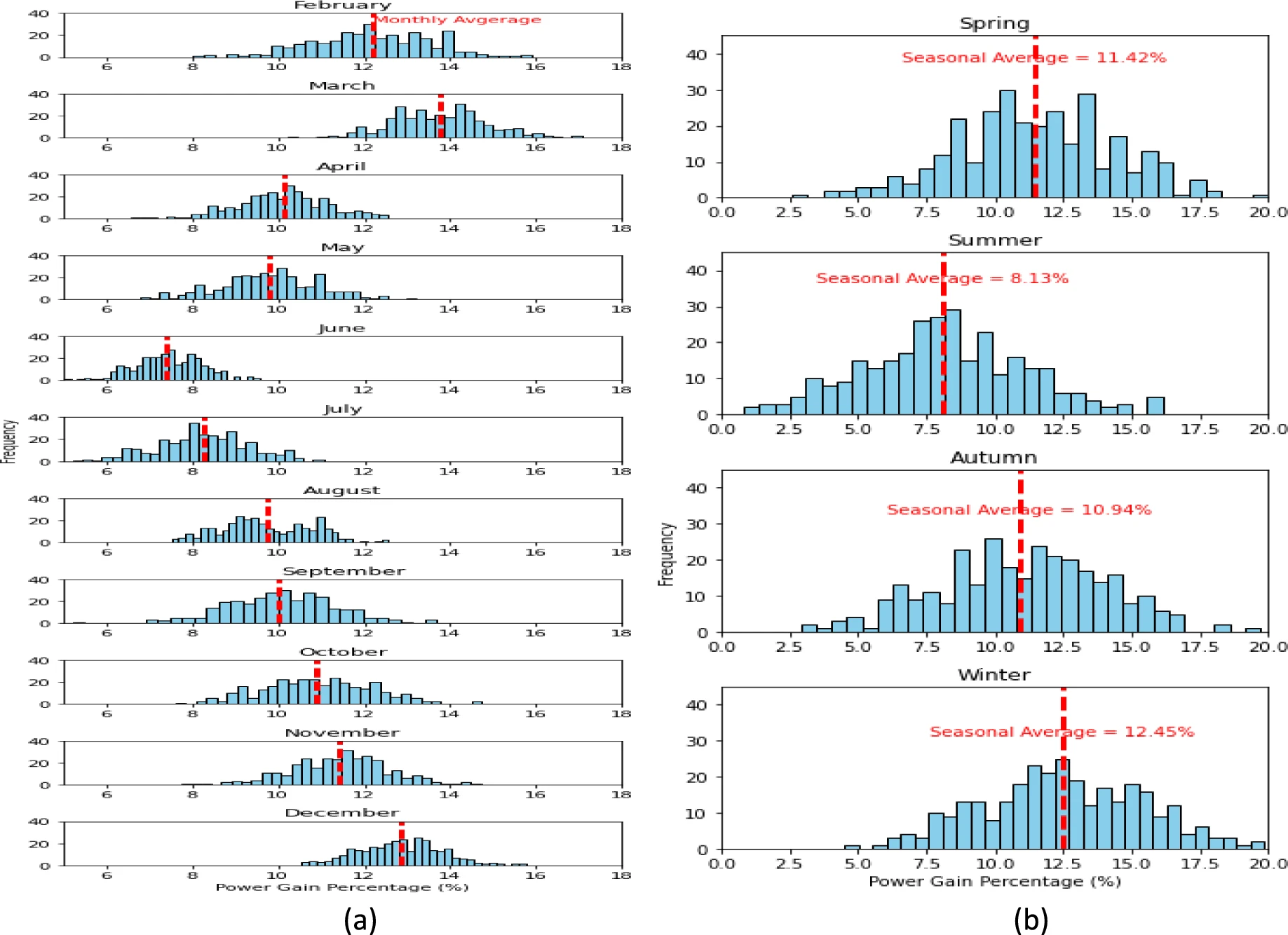Why Vertical Solar Panels Are Beating Traditional Systems in the UK?
- Klaus Pichler
- May 16
- 4 min read
In recent years, the emphasis on renewable energy sources has grown significantly. As climate change challenges escalate, finding sustainable solutions is crucial. Solar energy stands out as a key player for residential and commercial properties alike. With advancements in technology, optimizing efficiency has never been more important. Among the innovations, vertical solar panels have gained attention for their potential benefits.
A comprehensive study conducted by the University of York explored the performance of vertical bifacial photovoltaic (VBPV) systems, utilizing high-efficiency Heterojunction (HJT) cells. The results suggest that vertical solar panels could transform the landscape of solar energy, especially in the UK.
Overview of the Study
The University of York embarked on an empirical study to compare vertically mounted solar panels with traditional solutions. The research involved the installation of three panel types on the university’s Physics Tower:
Vertically mounted bifacial PV (VBPV)
Vertically mounted monofacial PV (VMPV)
Traditional tilted monofacial PV (TMPV)

After a year of performance evaluation, results showed that the VBPV system consistently outperformed its counterparts. During early mornings and late afternoons, vertical bifacial panels generated 7.12% and 10.12% more energy than the VMPV, respectively. Compared to the TMPV system, the VBPV panels produced an astounding 26.91% more energy in the morning and 22.88% during late afternoons.
Strengths of Vertical Solar Panels
Enhanced Performance in Diffuse Light Conditions
The study highlighted the exceptional ability of vertical solar panels to perform in diffuse light, a condition common in the UK's frequently overcast weather. While traditional panels excel under direct sunlight, vertical panels capture energy even when skies are gray. This leads to a more reliable source of energy throughout the day.
For example, in one cloudy day, VBPV systems maintained a production level of 60% of their peak output, while traditional panels dropped to just 35%.
Optimal Alignment with Energy Demand Patterns
Vertical solar panels align better with the UK's energy consumption patterns. Energy demand typically peaks during mornings and late afternoons, coinciding nicely with the peak production times for vertical systems. This synchronization can lead to significant savings. Property owners could potentially trim their energy costs by 20-30% by producing energy when it’s needed most.
Seasonal Gains in Energy Production
The research also demonstrated substantial seasonal advantages for vertical panels. The VBPV system regularly outpaced the VMPV system, with average production gains of 11.42% in spring, 8.13% in summer, 10.94% in autumn, and an impressive 12.45% in winter. Particularly notable is winter, where the VBPV system produced 24.52% more energy compared to traditional panels.
In cold months, when many people assume solar energy is less effective, these findings turn conventional wisdom on its head. Vertical panels optimize energy production during the seasons with lower sunlight availability.
Aerodynamic Stability
Beyond energy production, the study emphasized the structural benefits. Vertical panels offer improved aerodynamic stability against high winds. This durability means lower chances of damage during severe weather, reducing maintenance costs. In fact, properties equipped with vertical systems reported up to 30% lower maintenance expenses over five years.
Economic Considerations
Installation Costs vs. Long-term Savings
While installation costs for vertical solar panels may be higher initially, long-term savings can be substantial. The financial analysis suggested that homeowners could save up to £1,221.13 annually compared to the traditional TMPV systems. The combination of lower maintenance needs and higher energy output makes vertical solar panels a sound investment.
Financial Incentives
For those considering the switch to solar energy, various grants and incentives are available in the UK. The government actively promotes renewable energy initiatives, helping to reduce the financial burden of switching. For instance, many homeowners qualify for up to 40% off their installation costs through available grant schemes.

Addressing Misconceptions
Overcoming Skepticism
Some building owners may doubt the efficiency of vertical solar panels due to a history of relying on traditional designs. The University of York's findings counter these concerns by highlighting the advantages of vertical installations tailored for the UK's weather conditions.
A key takeaway is that these vertical systems are not just experimental; they represent a smart shift in energy generation, especially in regions that frequently experience low sunlight levels.
Implementation Strategies for Property Owners
Assessing Your Property
Before installing vertical solar panels, it's crucial to conduct a comprehensive assessment of your property. Factors like rooftop space, sunlight exposure, and local climate conditions should be evaluated. Engaging with experts can help determine the ideal system size and type tailored to your needs.
Collaborating with Trusted Providers
Working with established solar panel providers can greatly simplify the installation and upkeep processes. Choose companies with a strong reputation for high-efficiency solar installations. Find customer reviews or case studies that showcase their experience in vertical systems.
Understanding Local Regulations
Familiarize yourself with local solar energy regulations as specific zoning laws and building codes may affect your installation. Doing due diligence now can prevent compliance issues that could arise later in the process.

Final Thoughts
The University of York's study makes a compelling case for the advantages of vertical solar panels over traditional systems in the UK. With superior performance in challenging weather conditions and significant long-term savings, vertical panels outperform traditional systems, making them an attractive option for both commercial and residential buildings.
As the global focus shifts toward renewable energy solutions, exploring cutting-edge technologies like vertical solar panels has never been more relevant. For property owners contemplating this transition, the research findings offer valuable insights to make informed decisions about energy sources. Embracing this innovative technology not only supports environmental sustainability but can also prove to be a smart financial choice.
Read the full Study here.
Source: Comprehensive study on the efficiency of vertical bifacial photovoltaic systems: a UK case study (Ghadeer Badran & Mahmoud Dhimish)

